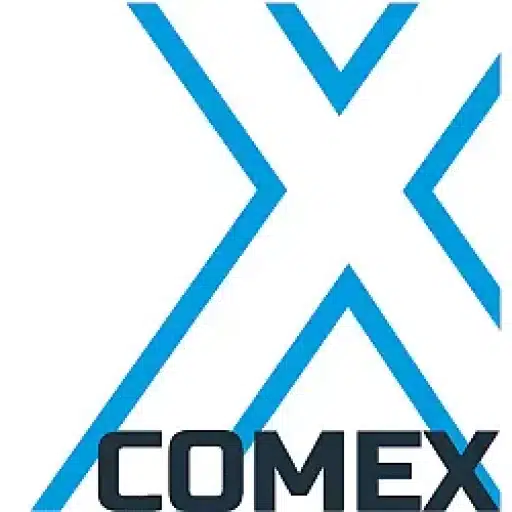+31 (0)43 30 88 400 | office@comex.eu

More zombies and neighborly rumors
The titles of our blogs are starting to look like a series of exciting comic books or movies, but still: the terms and conditions of online service providers sometimes contain strange things. At the same time, we pay attention to noisy neighbors in this blog.
In the terms and conditions of Lumberyard, an Amazon Web service, it literally says. Freely translated, “This programming environment is not suitable for programming life-saving or medical equipment, firefighting, police software, unless the U.S. government determines that there is a virus or similar disease that causes human corpses to come to life, walk around and eat from human blood, tissue or brains, thus bringing about the downfall of human civilization.
Are your data safe?
Believe it or not. But it really is there. Probably a joke by the drafter of the terms and conditions, to check if anyone reads it at all. We came across it when we stumbled across another disclaimer from Amazon. It involves Amazon’s cloud services. Amazon gives no guarantee about data integrity and no guarantee that you won’t be disturbed by other cloud service participants and no guarantee that you won’t get malware on your data. In short, you have no guarantee that your data will stay good. So: if you put data in the cloud, it is highly recommended that you encrypt the data. After all, Amazon does not guarantee the integrity of your data.
Neighbor rumor
This is somewhat related to the Noisy Neighborhood Problem. If fellow users of the cloud service use a lot of bandwidth, processor power or other resources, then as a “neighbor” you suffer. This plays out with all cloud services, by the way. If you do not work with your own hardware and infrastructure, but share it to some extent with other users, you will have to deal with this. To draw the parallel to a “real” neighborhood: if the neighbor parks his four cars in front of your door, you suffer because you have to park your own car with heavy shopping bags a block away.
Shared infrastructure
And then we have the case of VMware. You get these virtualization platforms with different cloud services. Recently, it became clear that there was a hole in all VMware versions. If a VMware host has a CD-ROM, you can break out of your virtual machine with some code. This allows you to get into the host’s environment and from there into all other users’ virtual machines. It is the danger of using a shared infrastructure, and a similar situation occurred some time ago with Microsoft Hyper-V, the second major virtualization platform. Fortunately, things can be done differently and we at COMEX can tell you all about that. Please inquire about the possibilities!


 Subscribe for tips and info
Subscribe for tips and info